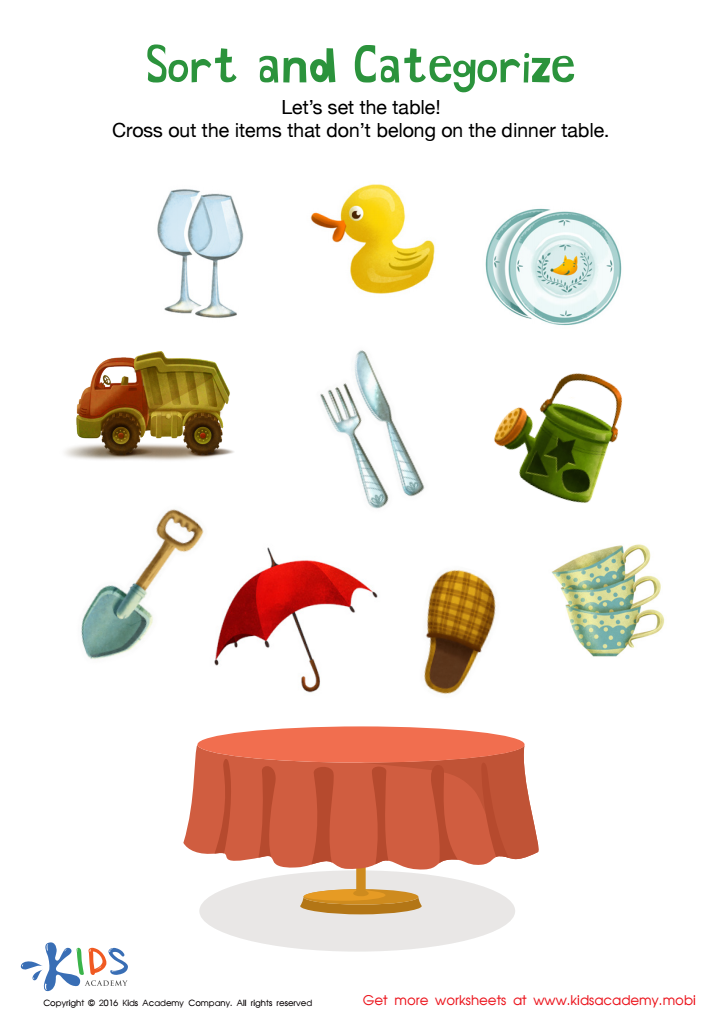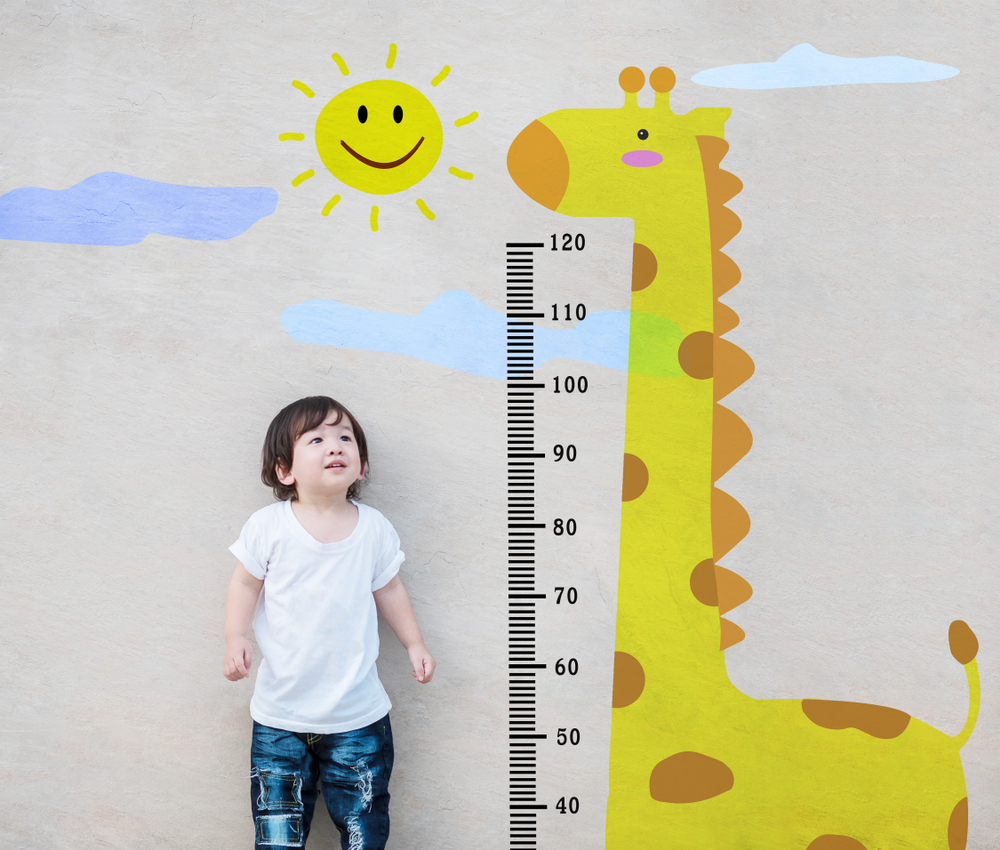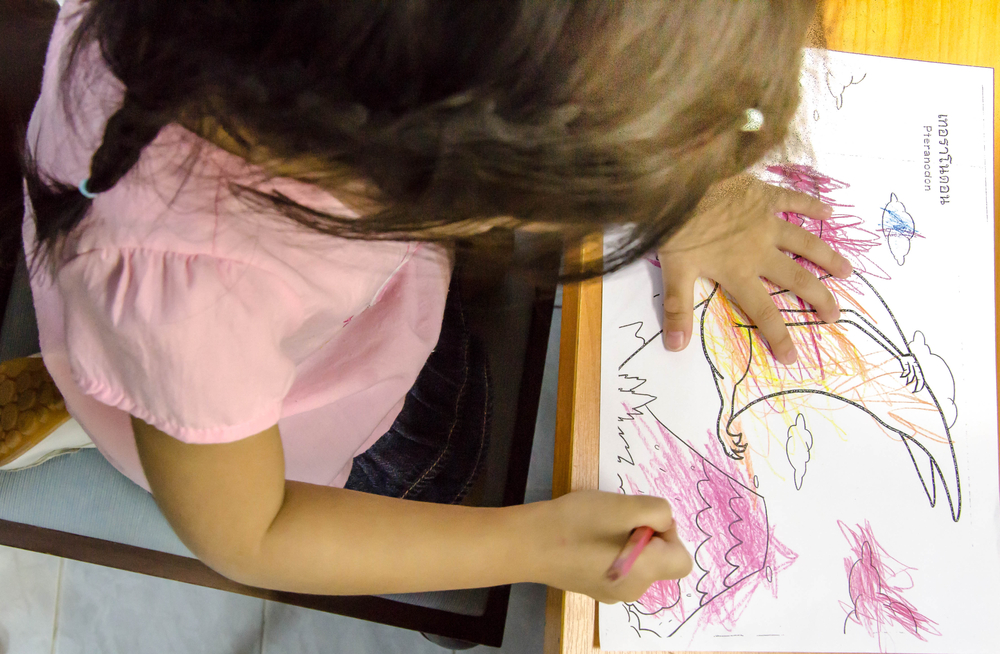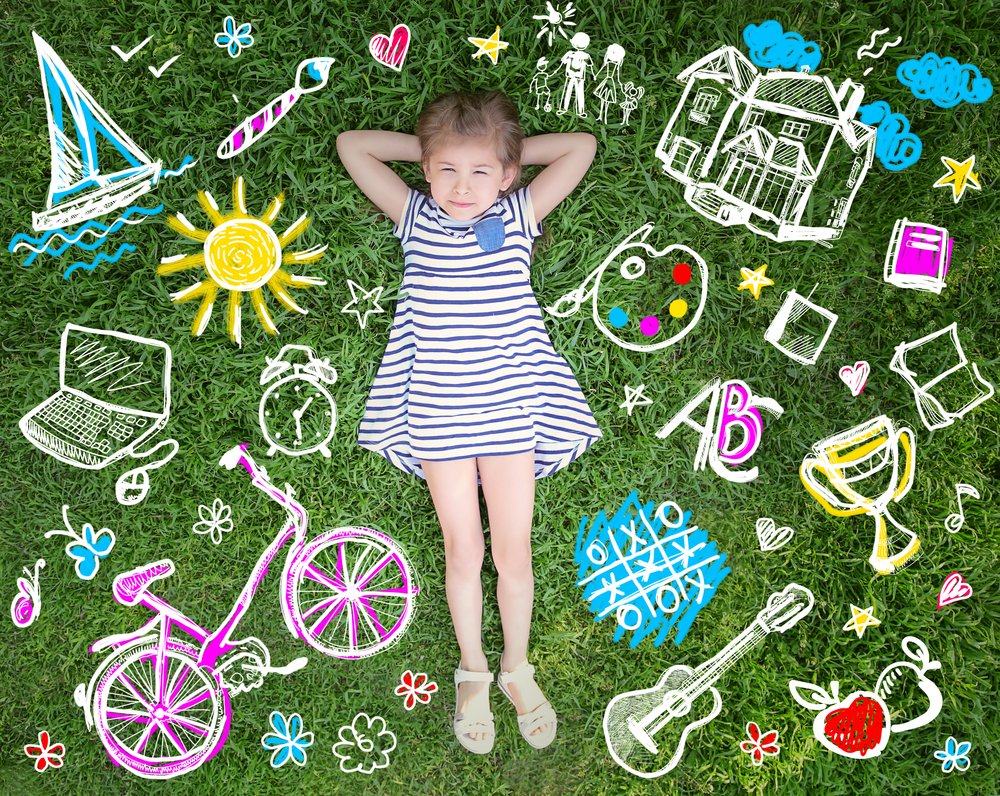Color Identification Normal Math Worksheets for Ages 3-4
7 filtered results
-
From - To
Introducing our Color Identification Normal Math Worksheets designed specifically for ages 3-4! These engaging, educational resources combine the joy of learning colors with foundational math skills. Each worksheet captivates young minds with vibrant illustrations that make learning fun and interactive. These activities not only teach color recognition but also enhance counting, sorting, and patterning abilities. Perfect for preschoolers, our worksheets support early developmental milestones and foster a love for learning in your little ones. Get started now to help your child master colors while building essential math skills effortlessly in a playful and creative way!
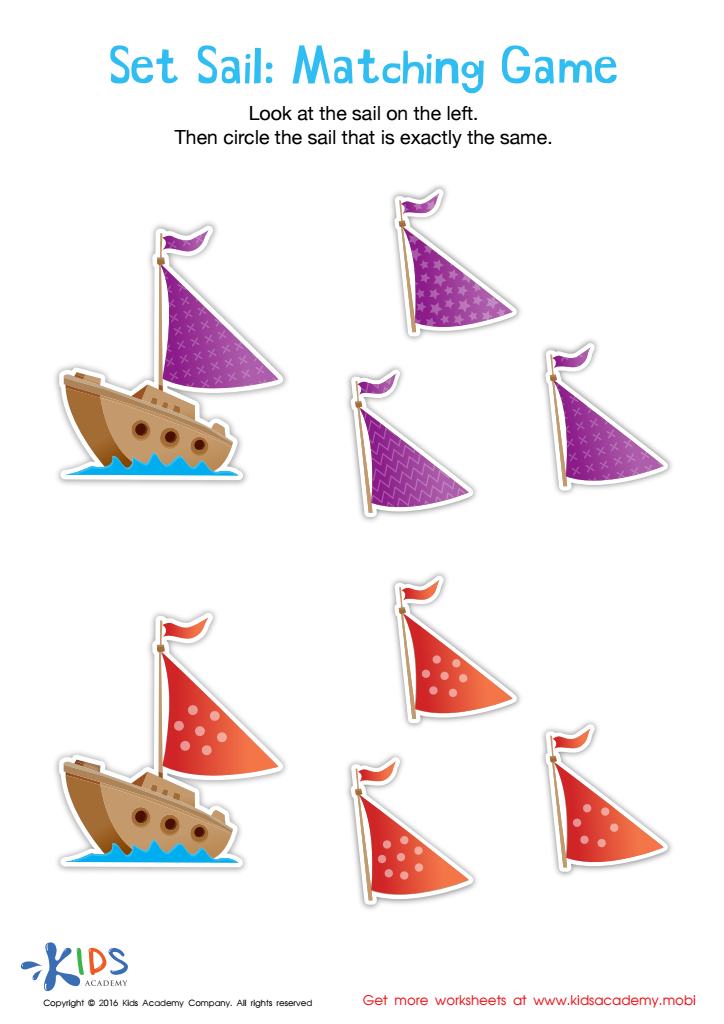

Set Sail Worksheet
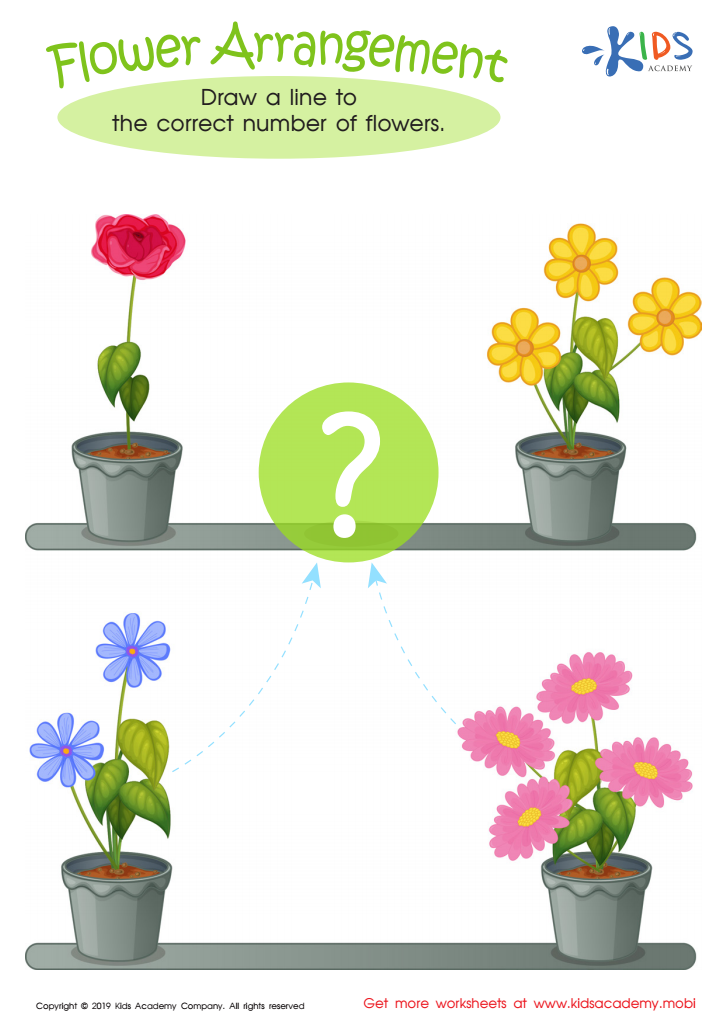

Flower Arrangement Worksheet
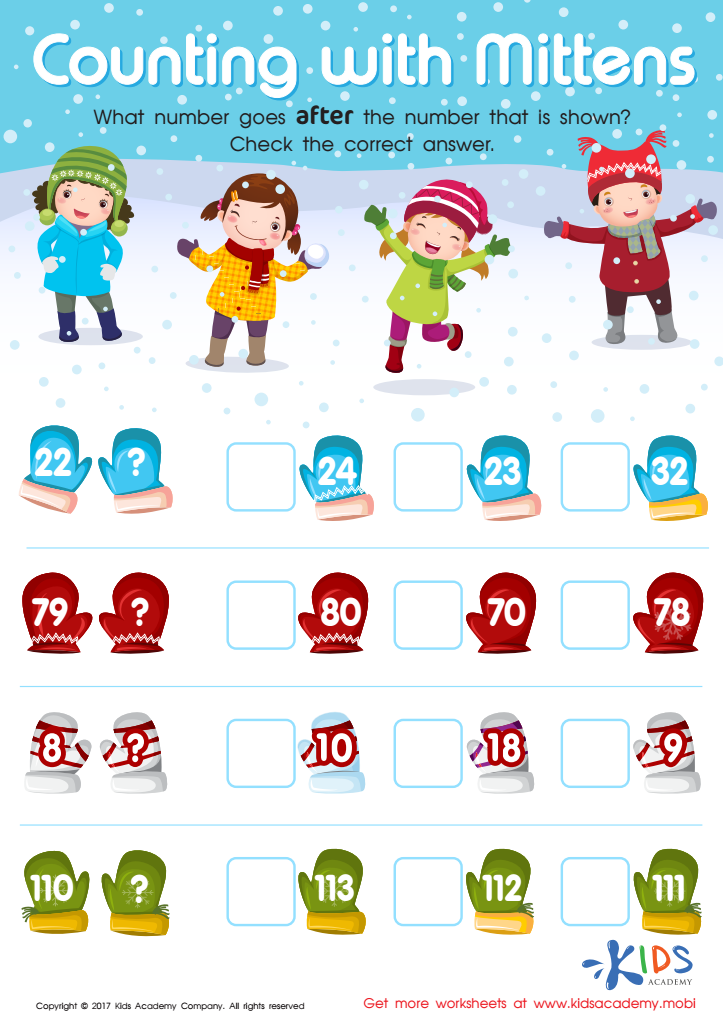

Counting with Mittens Worksheet
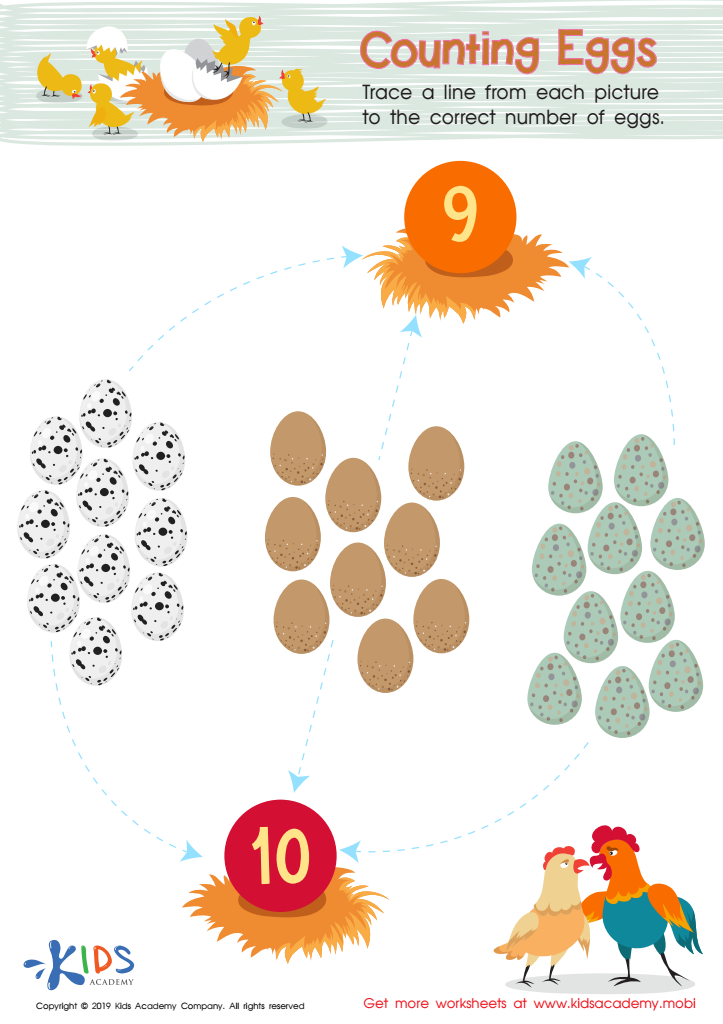

Counting Eggs Worksheet
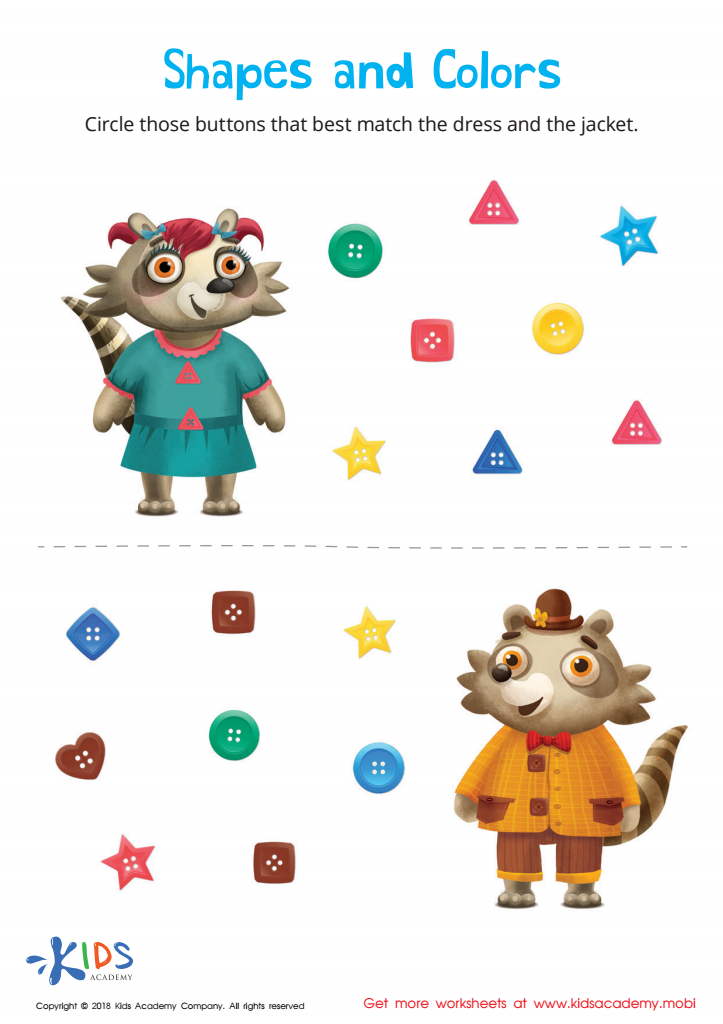

Shapes and Colors Worksheet
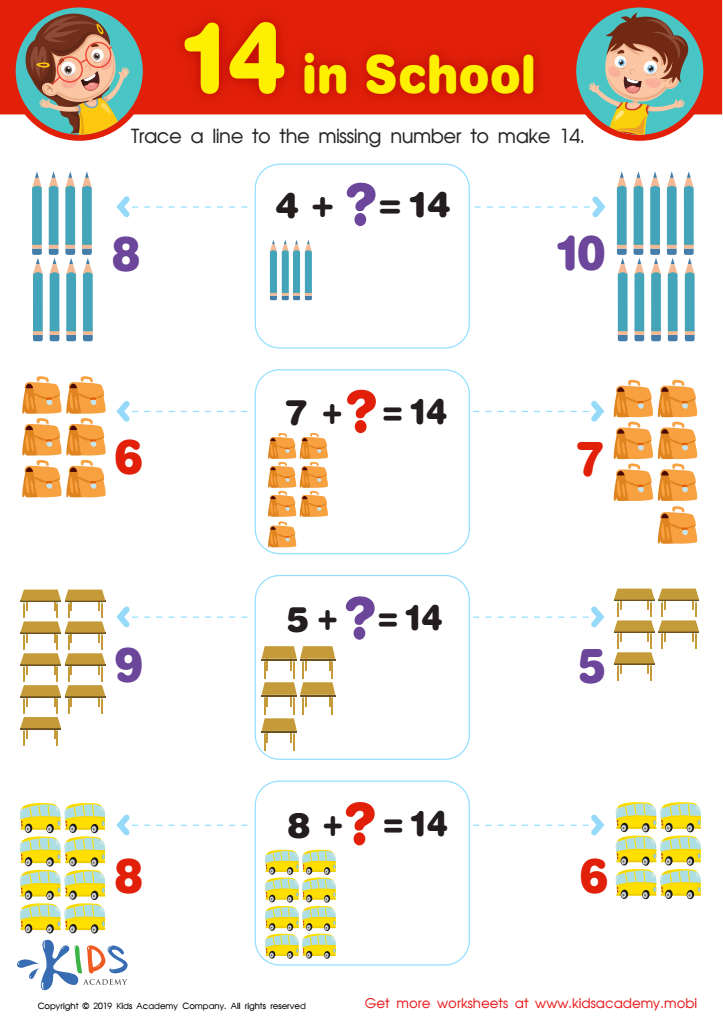

14 in School Worksheet
Color identification and early math skills are critical foundational elements for children aged 3-4 years. These formative years are pivotal for cognitive development, and engaging activities that combine color recognition with basic mathematical concepts foster both creative and logical thinking. Here's why parents and teachers should care:
-
Cognitive Development: Recognizing different colors and sorting objects based on color enhances a child's ability to categorize and differentiate, which are fundamental cognitive processes. These activities also build memory and attention to detail.
-
Language Skills: Learning colors enriches vocabulary when children learn names and use these words in sentences. This boosts their language and communication abilities.
-
Early Math Foundations: Simple activities like counting colored blocks or matching colors to numbers help children grasp basic mathematical concepts. Introducing math in a playful manner makes it less intimidating and more engaging.
-
Fine Motor Skills: Many color-identifying activities, such as coloring or sorting objects, require precise hand movements that improve coordination.
-
Confidence Building: Successfully identifying colors and solving basic problems builds a child’s self-esteem and encourages a positive attitude towards learning.
-
Social Skills: Group activities around color identification and math foster teamwork and interaction skills, aiding social development.
In essence, these combined learning experiences provide a strong educational foundation, preparing children for more advanced concepts and promoting well-rounded development.
 Assign to My Students
Assign to My Students

